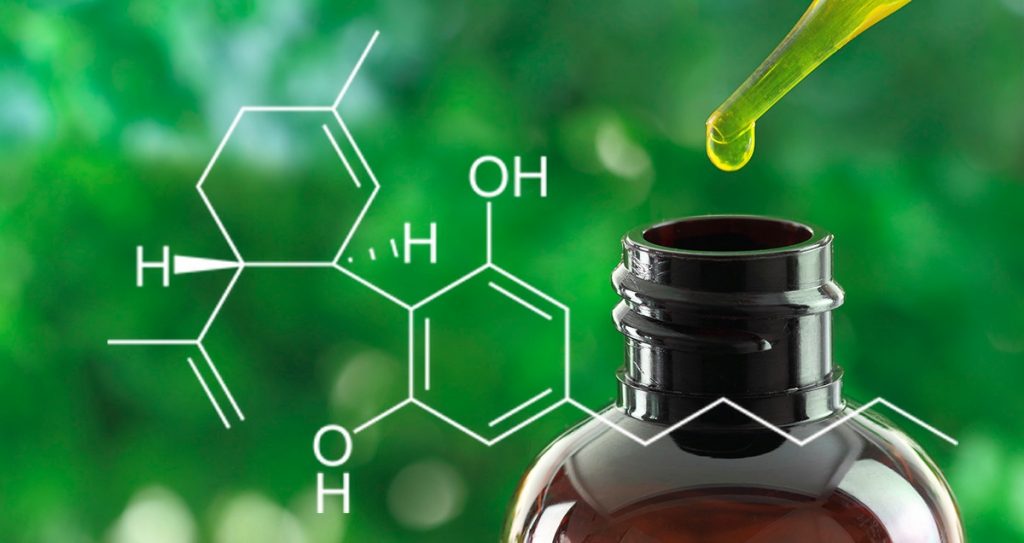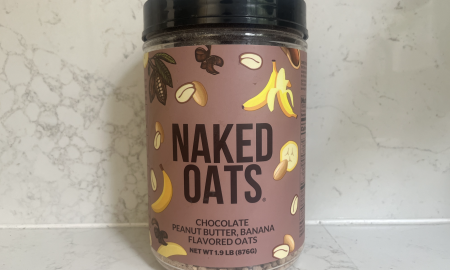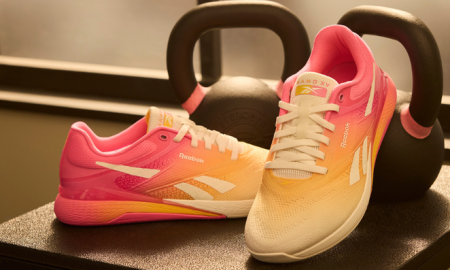
Cannabis cultivation, like any agricultural activity, is profoundly influenced by climate.
The environment in which cannabis is grown affects everything from the basic viability of the plant to the quality and potency of its yield. Understanding the climatic requirements and challenges can significantly enhance your cultivation success, ensuring healthier plants and higher-quality products.
Temperature: The Catalyst for Growth
Optimal Temperature Ranges
Cannabis plants thrive in moderate temperatures, typically between 20°C and 30°C (68°F and 86°F). Photosynthesis and other metabolic processes occur optimally within this range, promoting robust growth and development. Temperatures above or below this spectrum can lead to stress, impairing plant health and reducing yields.
- Heat Stress: Temperatures exceeding 30°C can cause heat stress, leading to leaf wilting, resin reduction, and terpene evaporation, thereby diminishing the aromatic quality of the buds.
- Cold Stress: Conversely, temperatures dropping below 20°C can slow plant growth, delay flowering, and increase susceptibility to diseases and mold.
Managing Temperature Fluctuations
To manage temperature:
- Utilize greenhouses equipped with automated climate control systems to maintain ideal conditions.
- Implement shade cloths during peak sunlight hours to mitigate excessive heat.
- Use heating systems or grow lights to provide additional warmth during cooler periods.
Humidity: Balancing Moisture in the Air
Understanding Humidity Needs
Cannabis plants require different humidity levels depending on their growth stage. Seedlings perform best at high humidity levels, around 70%, while flowering plants thrive at lower humidity, around 40% to 50%. Managing humidity is crucial for preventing mold and mildew, which can devastate a cannabis crop.
Techniques for Humidity Control
To control humidity:
- Employ dehumidifiers indoors to reduce excess moisture, particularly during the flowering stage.
- Use humidifiers during the early vegetative stage to prevent dryness that can stunt young plants.
- Ensure adequate ventilation to facilitate consistent airflow and prevent moisture buildup.
Light Exposure: Fueling Photosynthesis
The Role of Sunlight
Sunlight is the most critical factor in cannabis photosynthesis, the process by which the plant converts light, oxygen, and water into glucose and energy. Cannabis requires at least six hours of direct sunlight per day, with optimal growth seen under full-spectrum light for 12 hours.
Artificial Lighting Solutions
When natural sunlight is insufficient, especially in regions with shorter daylight hours, artificial lighting such as LEDs or HPS (High Pressure Sodium) lamps can be used to supplement or replace sunlight, ensuring consistent light exposure.
- LEDs are preferred for their energy efficiency and lower heat output.
- HPS lamps are beneficial for their intensity, especially valuable during the flowering stage to promote bud development.
Wind and Air Flow: Essential for Sturdy Growth
Benefits of Proper Air Circulation
Wind and air flow are essential in strengthening the plant’s stems and improving its resilience. Effective air circulation helps prevent pests and diseases by reducing the plant’s humidity and ensuring fresh carbon dioxide supply.
Strategies for Optimizing Air Flow
In outdoor settings, natural breezes provide adequate air movement. However, in sheltered or indoor environments, oscillating fans can be used to mimic natural conditions.
Position fans to ensure even air distribution but avoid direct, strong winds that can stress plants or cause physical damage.
Climate Extremes: Preparing for Challenges
Anticipating and Mitigating Extreme Weather
Cannabis cultivation must be prepared for climatic extremes such as droughts, floods, and heatwaves, which are becoming more frequent due to climate change.
- Drought Management: Implement drip irrigation systems for efficient water use.
- Flood Preparation: Elevate planting beds and use well-draining soil to avoid waterlogging.
- Heatwave Response: Increase watering frequency and shading to cool plants.
Long-term Climate Adaptation
Consider selecting strain genetics that are better suited to your local climate conditions. Breeding and genetic modifications can produce strains that are more tolerant of specific climatic stressors, such as heat or cold.
For detailed guidance on where to buy marijuana seeds, you may visit this comprehensive resource at https://www.dailycamera.com/2024/04/16/where-to-buy-marijuana-seeds/.
Conclusion
Understanding and managing the impact of climate on cannabis cultivation improves plant health and yield and enhances the final product’s overall quality. Cultivators can ensure their crops reach their full potential by carefully controlling environmental factors and preparing for climatic challenges. Successful cannabis cultivation requires a harmonious balance of climate knowledge and practical application, empowering growers to achieve optimal results in varying environmental conditions.


















Follow Us